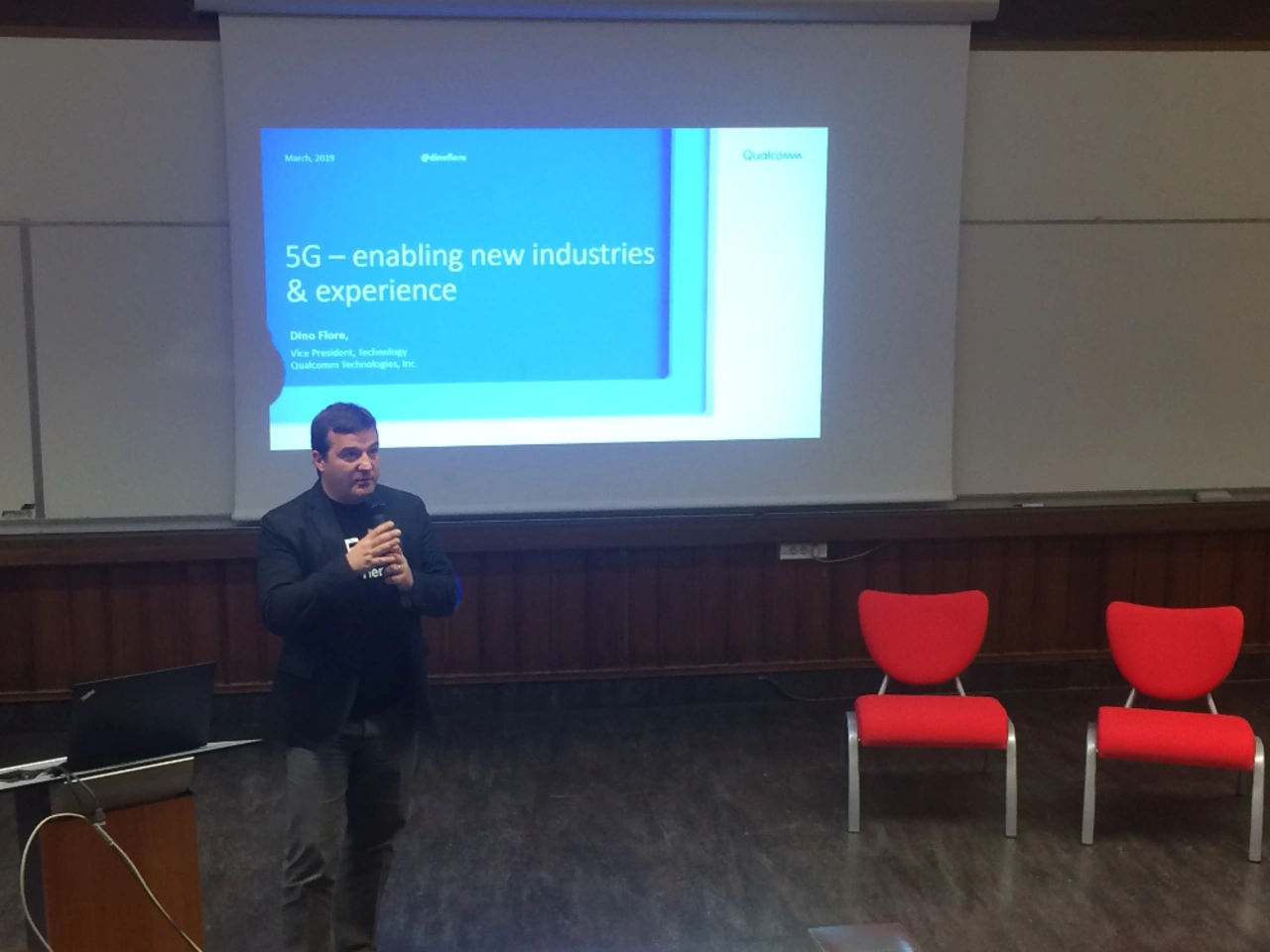Qualcomm conference in Paris
5G - what's the state?
5G is almost ready, in Germany the final negotiations are in progress. The new mobile radio standard brings opportunities and risks. What they are and how things will continue with 5G were discussed by experts in Paris.
From 26th to 27th March 2019, experts from the mobile communications sector and industry met in Paris to discuss current developments in the new 5G mobile communications standard. The technical implementation is already in progress - according to Wassim Chourbaji of Qualcomm, everything is going on schedule in Europe. Italy, Spain and Austria, for example, are »5G-ready«, while Germany is currently in the final negotiations of talks and auctions.
Large bandwidth
Qualcomm's Lorenzo Casaccia gave an insight into the world of 5G and an update on Qualcomm's activities on the first day of the conference. The 15th release of the new 3rd Generation Partnership Project (3GPP)-standard is rolled out in 2019, with more releases in the pipeline. 3GPP is the worldwide cooperation for standardization in mobile communications. The frequency ranges 5G will work with, from Release 15 on, are 410 to 7,125 MHz (Sub-7) and 24,250 to 52,600 MHz (mmWave), which is 25 times the bandwidth of 3G or 4G. The lower frequency band is thus increased from 6 GHz (Sub-6) to 7 GHz (Sub-7).
In doing so, so-called »Doppler effects« – known from the spreading of sound waves – are to be avoided. According to Qualcomm, the main focus is on the security of the system architecture – users of the network must be offered the greatest possible security. The next step in the development of 5G is Release 16. Cassacia stresses: »The new standard is important to advance Industrial IoT and autonomous driving«.
On the way to Smart Everything
On the second day of the conference, Dino Flore talked about how 5G can change technology companies and the benefits it can bring to the industry. On the one hand, there are completely new development opportunities for companies, for example the Smart Factory. On the other hand, the standard will also change life at home by supporting the networking of intelligent devices and furnishings.
5G will also set new standards in mobile communications. Surfing speeds as with wire, short latency times for real-time applications, large data capacities and low costs per bit are to be expected. Qualcomm has also tested data rates and network coverage in a variety of environments and has achieved complete network coverage at 28 GHz at its San Diego headquarters. Dino Flores emphasizes the importance of the 5G rollout: according to him, it should be possible to serve both industrial and home networks. In addition, 5G will offer new possibilities for autonomous driving.

Europe lags behind
However, Malik Saadi of ABI Research warned: »Europe is still lagging behind China and the USA in terms of investment and implementation of the 5G standard«. He identified three drivers that are important to further strengthen 5G: standardization, diversification and collaboration. According to Saadi, 5G will generate more users, enable edge computing and advance artificial intelligence.





